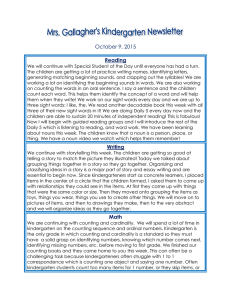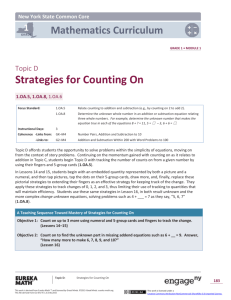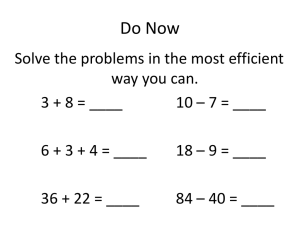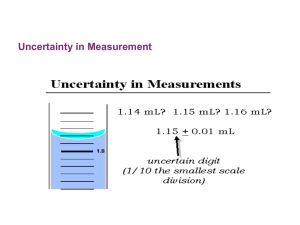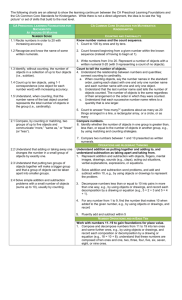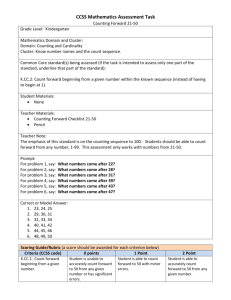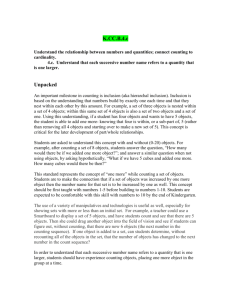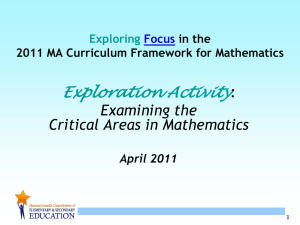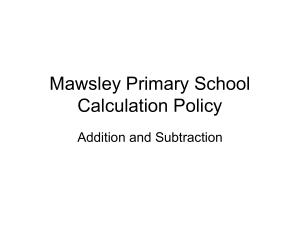Indicator 9.1 - New Mexico State Department of Education
advertisement
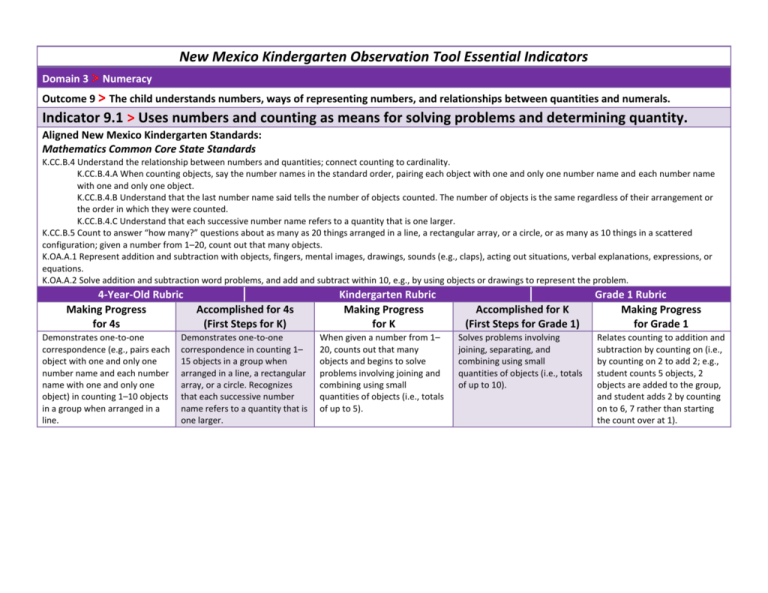
New Mexico Kindergarten Observation Tool Essential Indicators Domain 3 > Numeracy Outcome 9 > The child understands numbers, ways of representing numbers, and relationships between quantities and numerals. Indicator 9.1 > Uses numbers and counting as means for solving problems and determining quantity. Aligned New Mexico Kindergarten Standards: Mathematics Common Core State Standards K.CC.B.4 Understand the relationship between numbers and quantities; connect counting to cardinality. K.CC.B.4.A When counting objects, say the number names in the standard order, pairing each object with one and only one number name and each number name with one and only one object. K.CC.B.4.B Understand that the last number name said tells the number of objects counted. The number of objects is the same regardless of their arrangement or the order in which they were counted. K.CC.B.4.C Understand that each successive number name refers to a quantity that is one larger. K.CC.B.5 Count to answer “how many?” questions about as many as 20 things arranged in a line, a rectangular array, or a circle, or as many as 10 things in a scattered configuration; given a number from 1–20, count out that many objects. K.OA.A.1 Represent addition and subtraction with objects, fingers, mental images, drawings, sounds (e.g., claps), acting out situations, verbal explanations, expressions, or equations. K.OA.A.2 Solve addition and subtraction word problems, and add and subtract within 10, e.g., by using objects or drawings to represent the problem. 4-Year-Old Rubric Making Progress for 4s Demonstrates one-to-one correspondence (e.g., pairs each object with one and only one number name and each number name with one and only one object) in counting 1–10 objects in a group when arranged in a line. Accomplished for 4s (First Steps for K) Demonstrates one-to-one correspondence in counting 1– 15 objects in a group when arranged in a line, a rectangular array, or a circle. Recognizes that each successive number name refers to a quantity that is one larger. Kindergarten Rubric Making Progress for K When given a number from 1– 20, counts out that many objects and begins to solve problems involving joining and combining using small quantities of objects (i.e., totals of up to 5). Accomplished for K (First Steps for Grade 1) Solves problems involving joining, separating, and combining using small quantities of objects (i.e., totals of up to 10). Grade 1 Rubric Making Progress for Grade 1 Relates counting to addition and subtraction by counting on (i.e., by counting on 2 to add 2; e.g., student counts 5 objects, 2 objects are added to the group, and student adds 2 by counting on to 6, 7 rather than starting the count over at 1).
